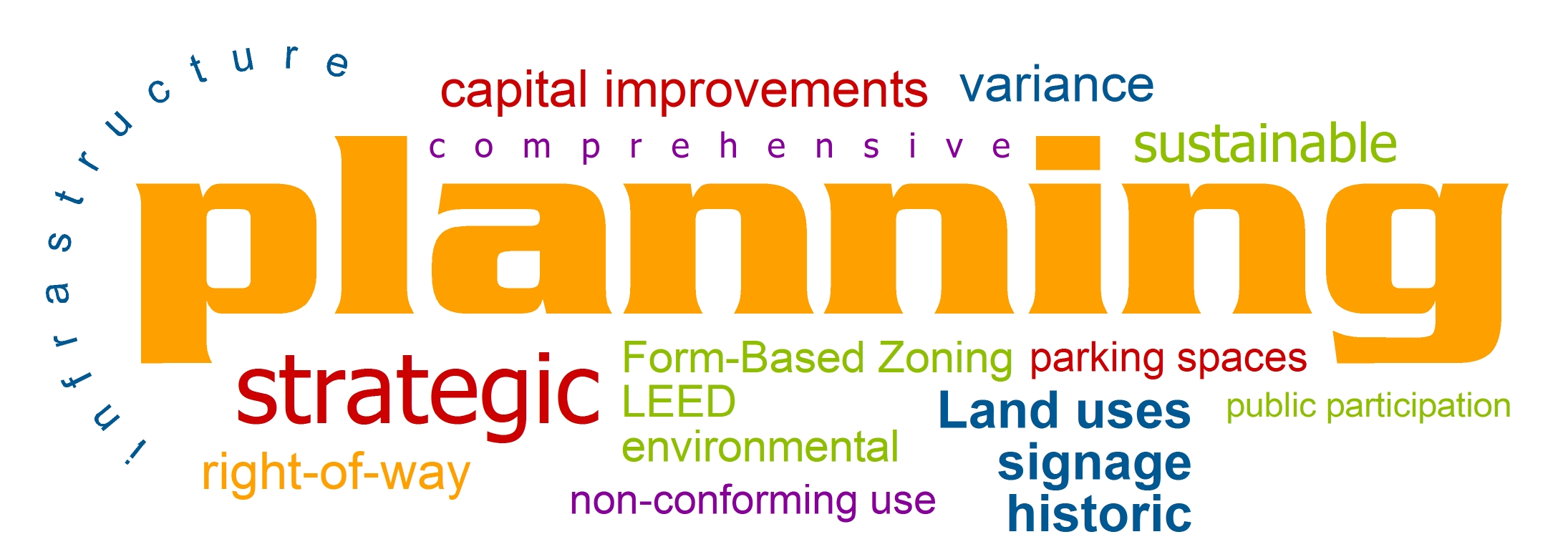Main Functions and Scopes of Production Planning are described below:
Securing orders and executing those to the customer’s satisfaction are the two primary objectives of a manufacturing organization. Production planning and control by definition is the management of the process of executing orders. This process includes Planning, Scheduling, Dispatching, Loading, Progressing and Controlling.
Once the product is designed, the production manager needs to put together plans for manufacturing the product. To manufacture the end product from the part prints, product prototype or drawing, a production manager has to develop and follow a streamlined process of sequence of operations. These include the selection of tools and equipment for manufacturing processes to attain the desired quality levels and plans to achieve economy in operations. This function is also known as process engineering.
ADVERTISEMENTS:
Process engineering differs from product engineering and is the function that follows it. As a product engineer, the production manager develops experimental designs and models, to test their utility, before making the part prints of the product.
Production planning is defined as a systematic way of determining manufacturing methods for a product so as to achieve both economy and customers’ satisfaction. It broadly covers identifying, devising and specifying tools, equipment and processes to convert raw material into the finished product.
Functions of Product Planning:
i. Determining the manufacturing process
ADVERTISEMENTS:
ii. Deciding the sequence of operations
iii. Ascertaining the requirement of equipment, tools and gauges
iv. Outlining the norms for implementing change in process, tooling or equipment when drawings or part prints need to be altered
v. Assisting in Product Design development
Scope of Production Planning:
ADVERTISEMENTS:
On the basis of the above-mentioned functions, the scope of a production plan can be understood:
1. Identify and state the purpose of production—This should include the item name and code of the product, the quantity, volume or lot sizes, and raw material specifications, etc.
2. Sequential list of operations—This should include cycle time for completing the production process
3. List of technical specifications, for the different manufacturing stages as well as for quality control
4. List of equipment, machines, tools, gauges, jigs, dies, fixtures, etc., required for the different stages of production
5. List of specifications to be followed to achieve optimum performance standard, e.g., cycle time, set-up time, output level, etc.
